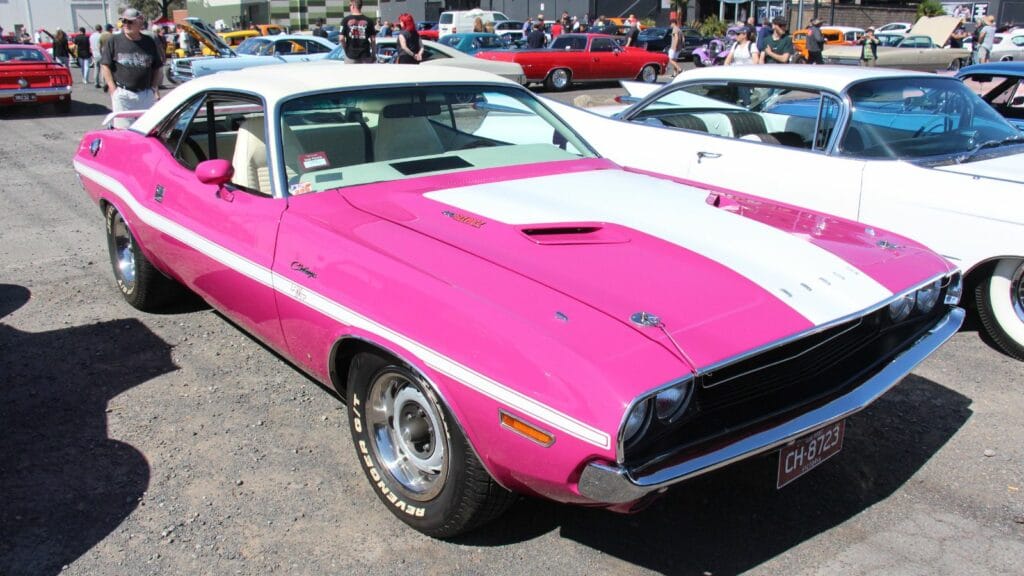When most people think of muscle cars, they picture Detroit steel from the golden era. Big V8s, rear wheel drive, and tire smoke for days. But the idea of the muscle car has evolved. Today, raw power and straight line brutality can be found in traditional American icons, modern high tech versions, and even some unlikely European entries that have muscled their way into the conversation. Let’s look at fourteen of the most powerful muscle cars that have shaken pavement and burned rubber across North America, with a nod to a few European machines that match Detroit blow for blow.
Dodge Challenger SRT Hellcat
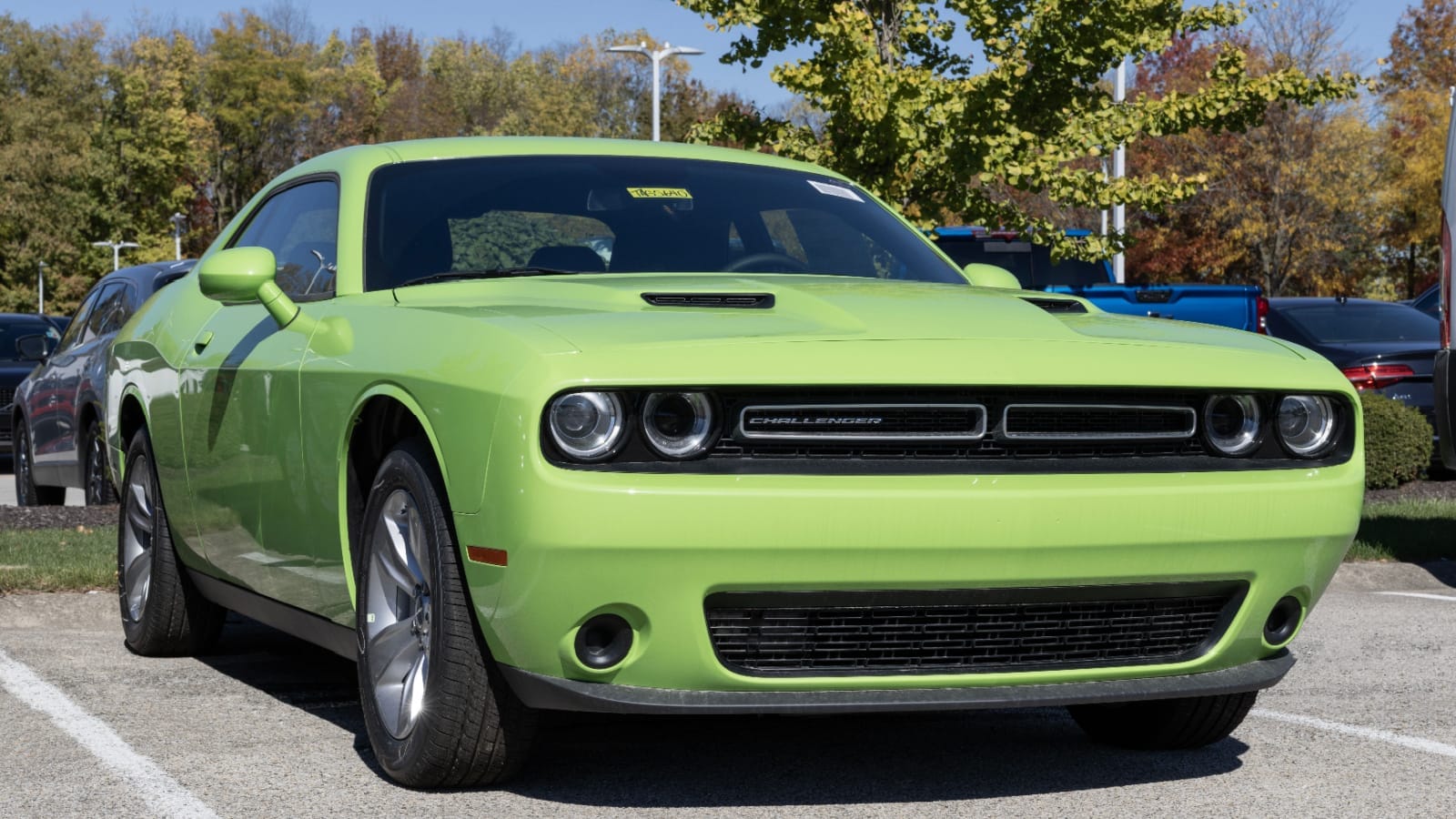
The Hellcat redefined modern muscle with its supercharged 6.2 liter HEMI V8. Pumping out over 700 horsepower, it is a car designed to shred tires at will. Its raw aggression, combined with a soundtrack that makes gearheads weak at the knees, has secured its place as one of the greatest burnout machines of all time. Since its release in 2015, the Hellcat has become a legend of modern Detroit, inspiring memes, drag strip duels, and countless sets of destroyed rear tires. It is the ultimate throwback to when brute force was all that mattered.
Dodge Charger SRT Hellcat
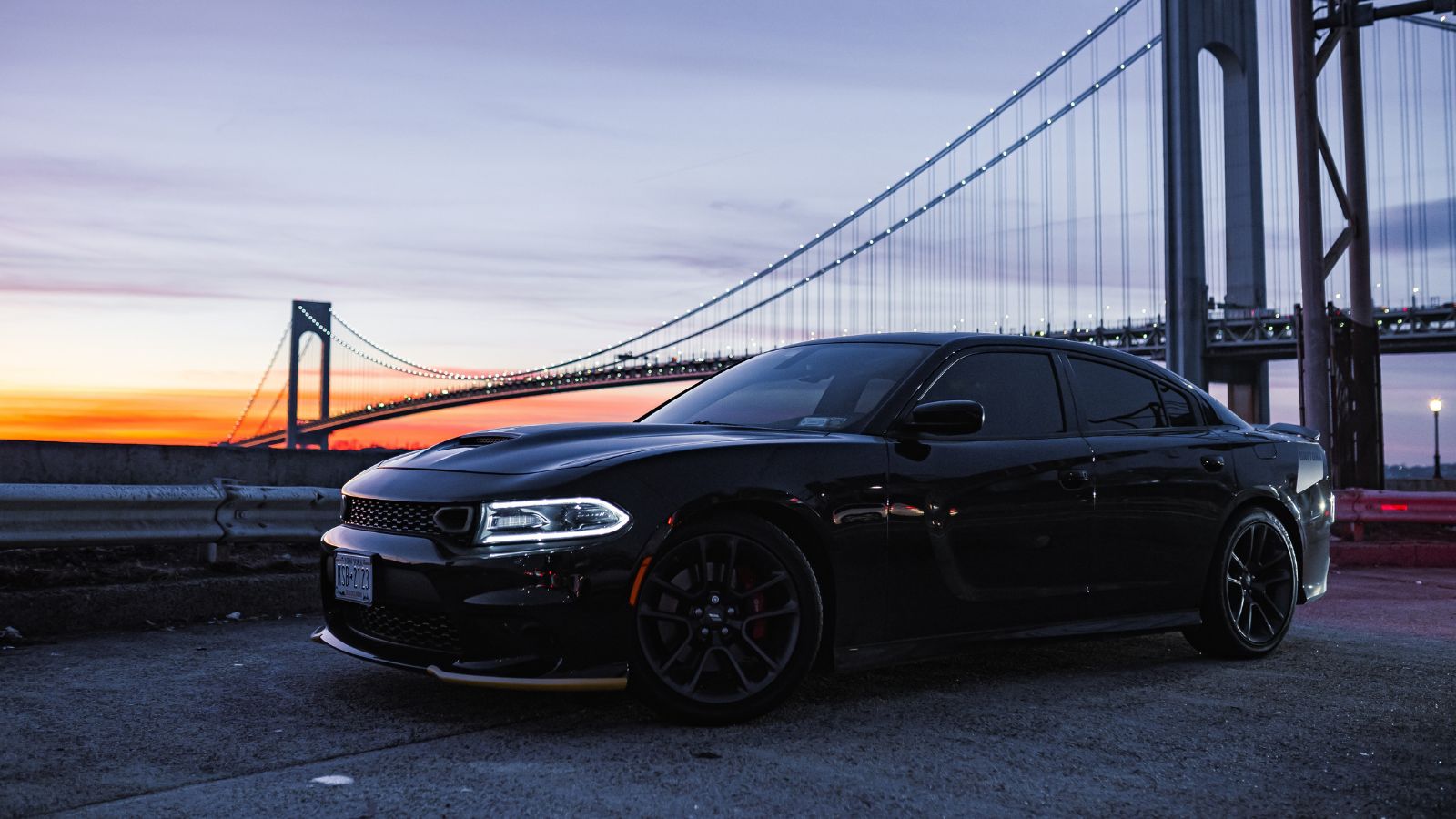
The Charger proves that four doors can still be fun. With the same 6.2 liter supercharged HEMI as the Challenger, the Charger offers family practicality and the ability to annihilate rear tires with just a tap of the throttle. It is the most unholy mix of sensible sedan and muscle monster ever sold in North America. Buyers loved that they could drive their kids to school in the morning and head straight to the drag strip in the evening without changing cars.
Ford Mustang Shelby GT500
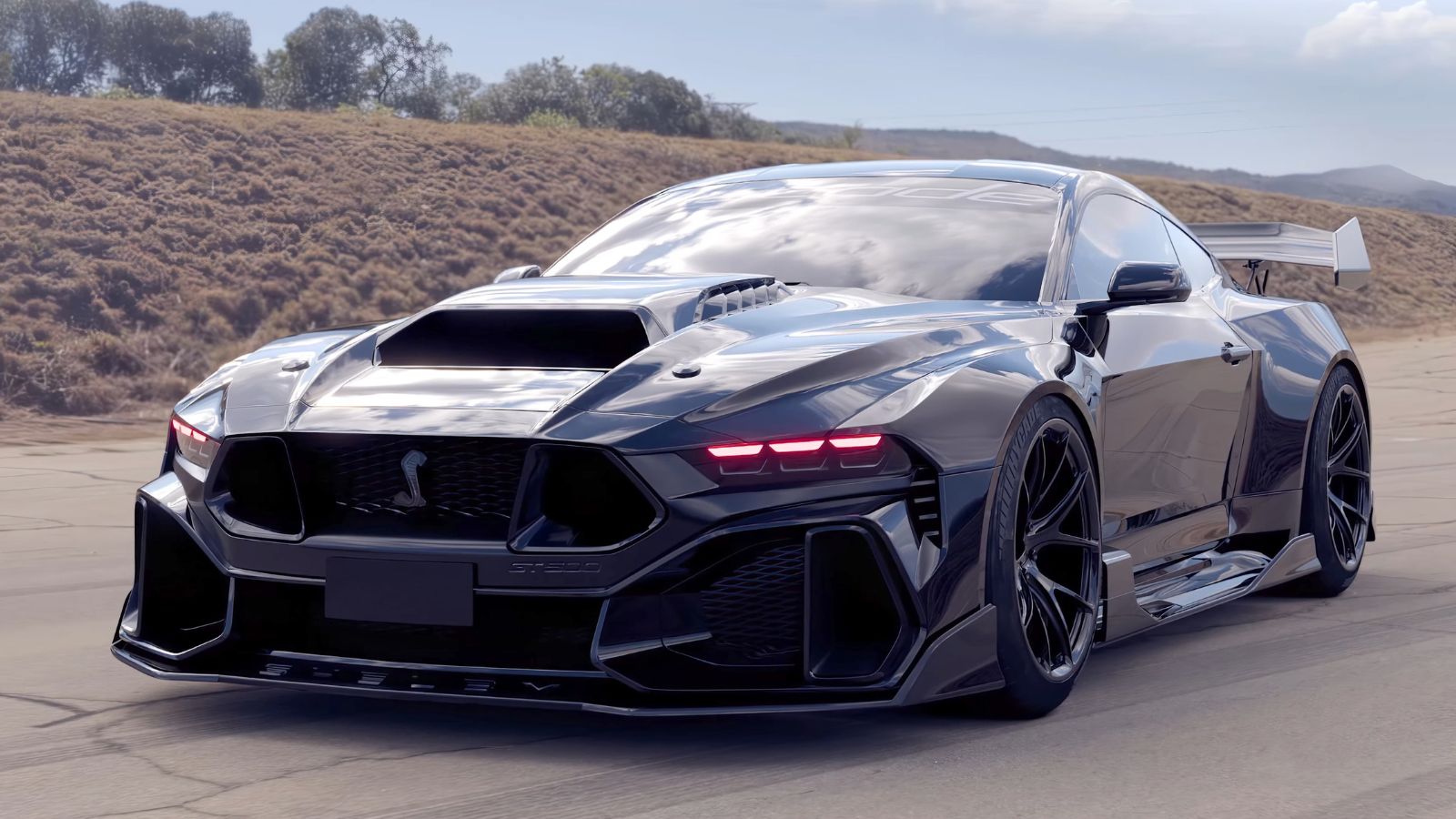
The latest GT500 is the most powerful production Mustang ever, with its 5.2 liter supercharged V8 delivering 760 horsepower. With launch control off, it will light up the rears and leave twin black stripes behind it as proof of its muscle car credentials. It combines classic American swagger with cutting edge performance, and while it can run with European supercars on the track, it still feels most at home doing smoky burnouts in front of cheering fans at a car meet.
Chevrolet Camaro ZL1
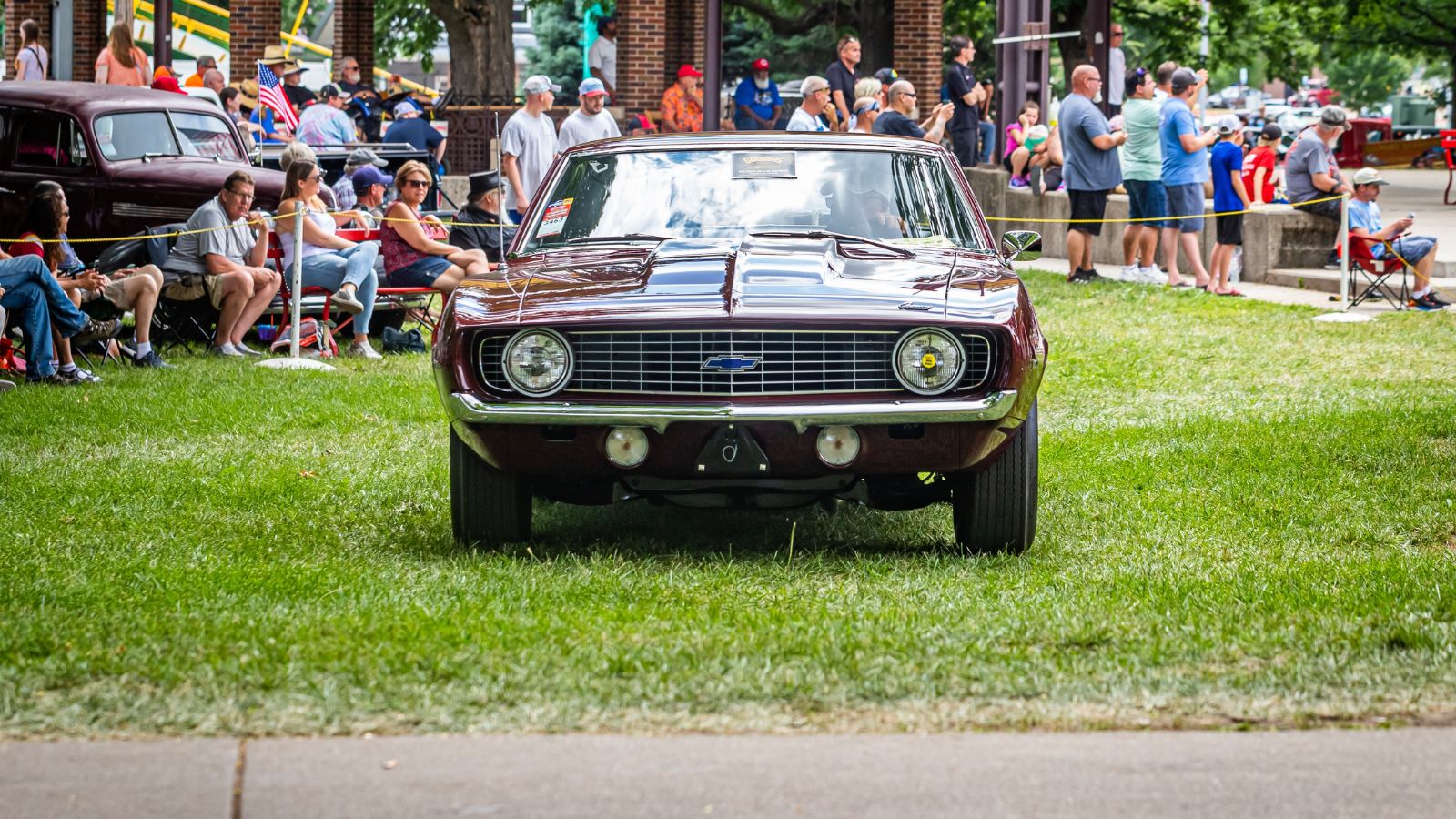
Chevrolet’s answer to the GT500 is just as wild. The Camaro ZL1 packs a 6.2 liter supercharged LT4 V8 producing 650 horsepower. Straight line speed is ridiculous, but with traction control dialed back, this car is more than capable of smoking tires in true muscle fashion. The ZL1’s blend of raw grunt and track focused engineering makes it a double threat, a car that can lap Laguna Seca in anger but still play the hooligan when the driver wants a little fun.
Dodge Challenger SRT Demon
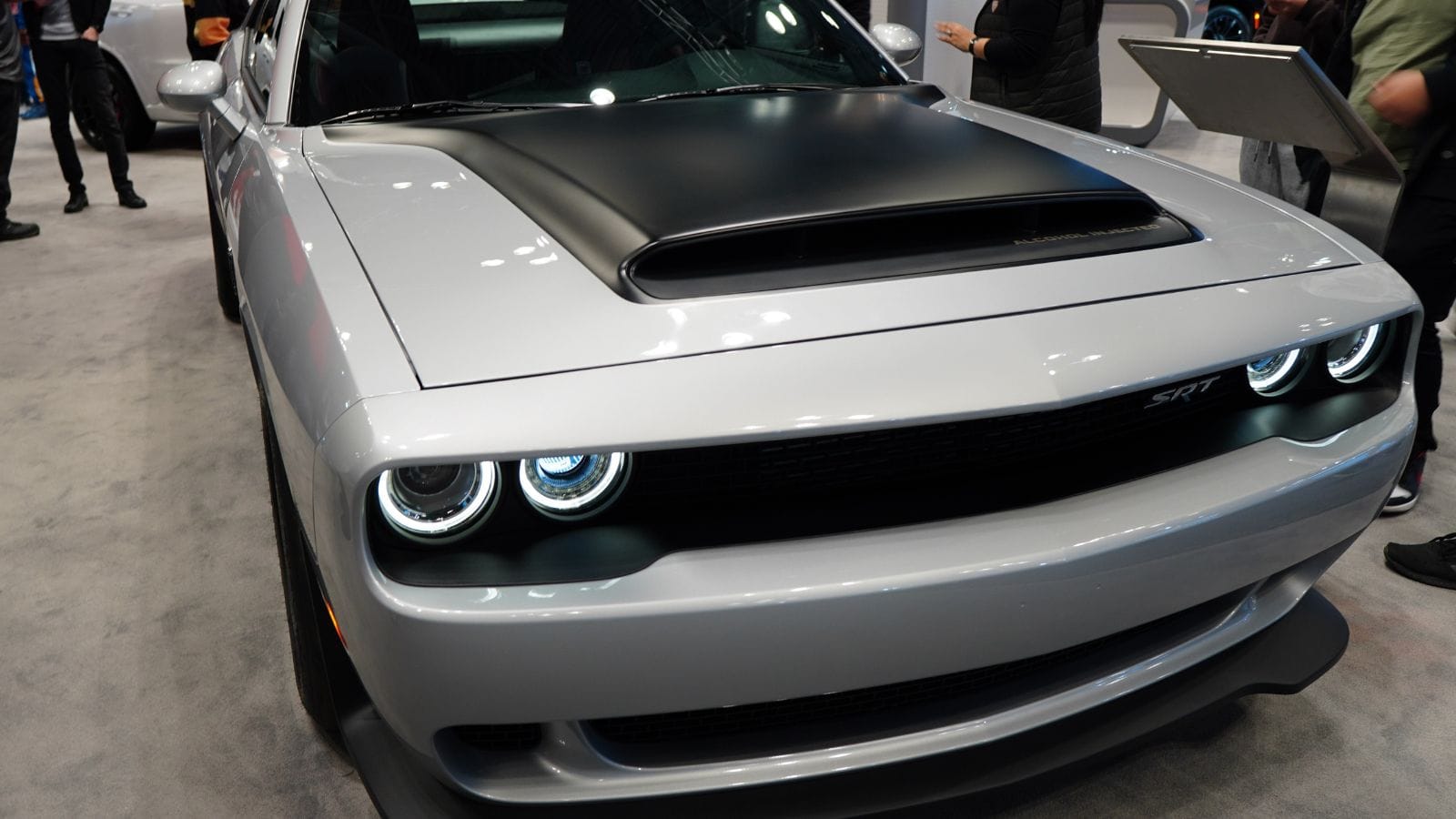
The Demon took the Hellcat formula and dialed it into insanity. With 840 horsepower when running race fuel, the Demon was built for drag strips and designed to dominate quarter miles. With launch mode set up properly, it will pop a wheelie. With everything off, it will turn tires into smoke faster than almost anything else on the road. Dodge even delivered it with a crate of drag tools and skinny front tires, proving it was meant for people who lived to leave rubber on the strip.
Pontiac GTO (2004–2006)
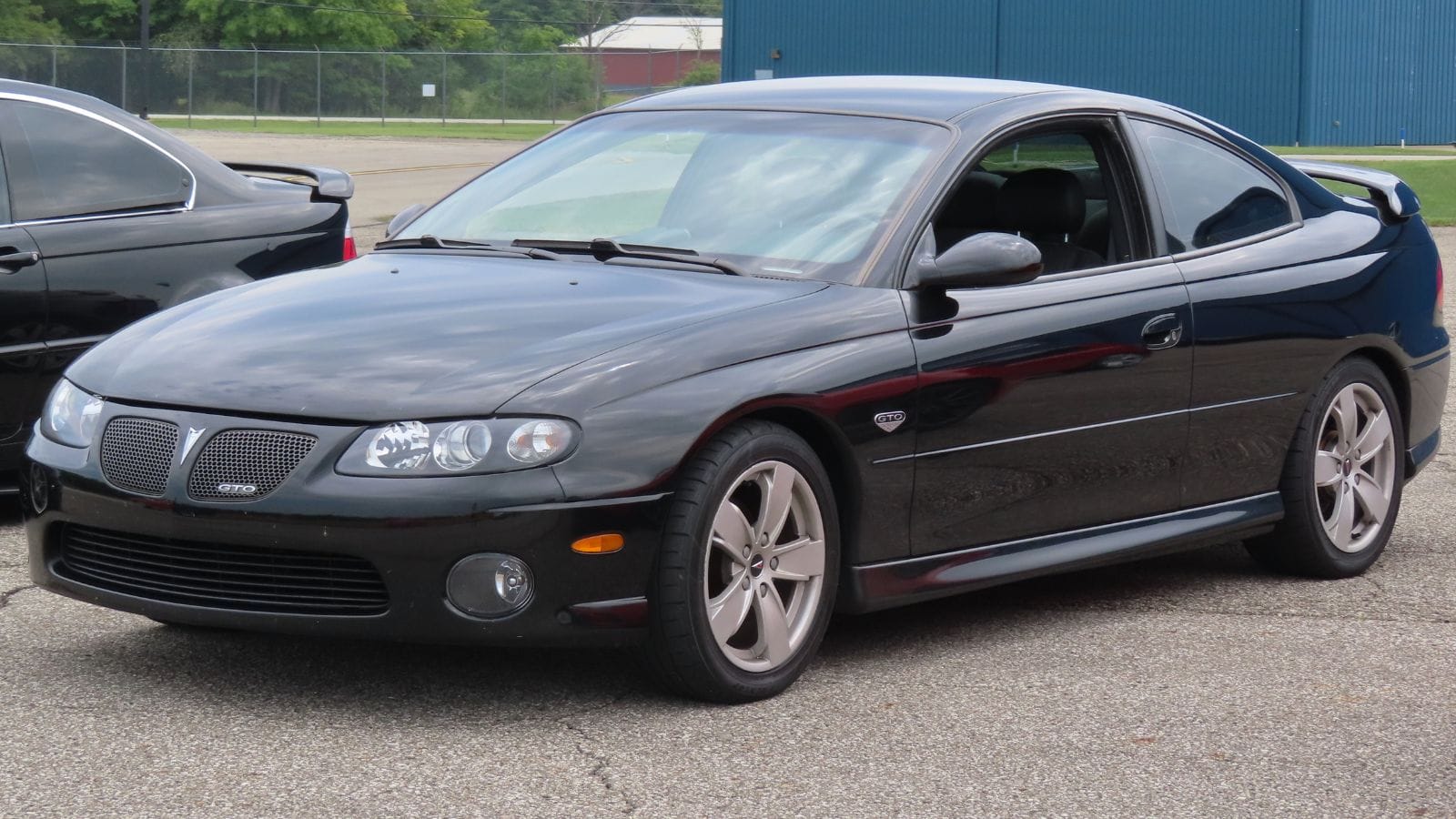
Often overlooked, the reborn Pontiac GTO brought Australian muscle to the United States. With a Corvette sourced LS1 and later LS2 V8 under the hood, it offered between 350 and 400 horsepower. Its clean looks hid a serious burnout machine that reminded people Pontiac still knew how to do performance. While some dismissed it for being too subtle, owners discovered it was one of the easiest cars of its era to unleash tire smoke from, making it a cult classic today.
Chevrolet Chevelle SS 454 (1970)

One of the kings of the golden era of muscle, the Chevelle SS 454 LS6 packed 450 horsepower and 500 pound feet of torque. This was Detroit at its peak, and the Chevelle’s ability to smoke its tires through first, second, and sometimes third gear made it a legend. Collectors today pay enormous sums for well kept SS 454s because they represent the moment when American muscle peaked in both size and swagger.
Plymouth Barracuda HEMI (1970–1971)

The HEMI Cuda was one of the most brutal Mopars of its day. With the 426 HEMI under the hood, rated at 425 horsepower but making far more in reality, the Barracuda was infamous for overwhelming its skinny bias ply tires and leaving behind the smell of rubber wherever it went. Its rarity and legendary reputation have turned it into one of the most valuable muscle cars of all time, but in its day it was just as happy roasting rubber on a Friday night cruise.
Buick GSX Stage 1 (1970)
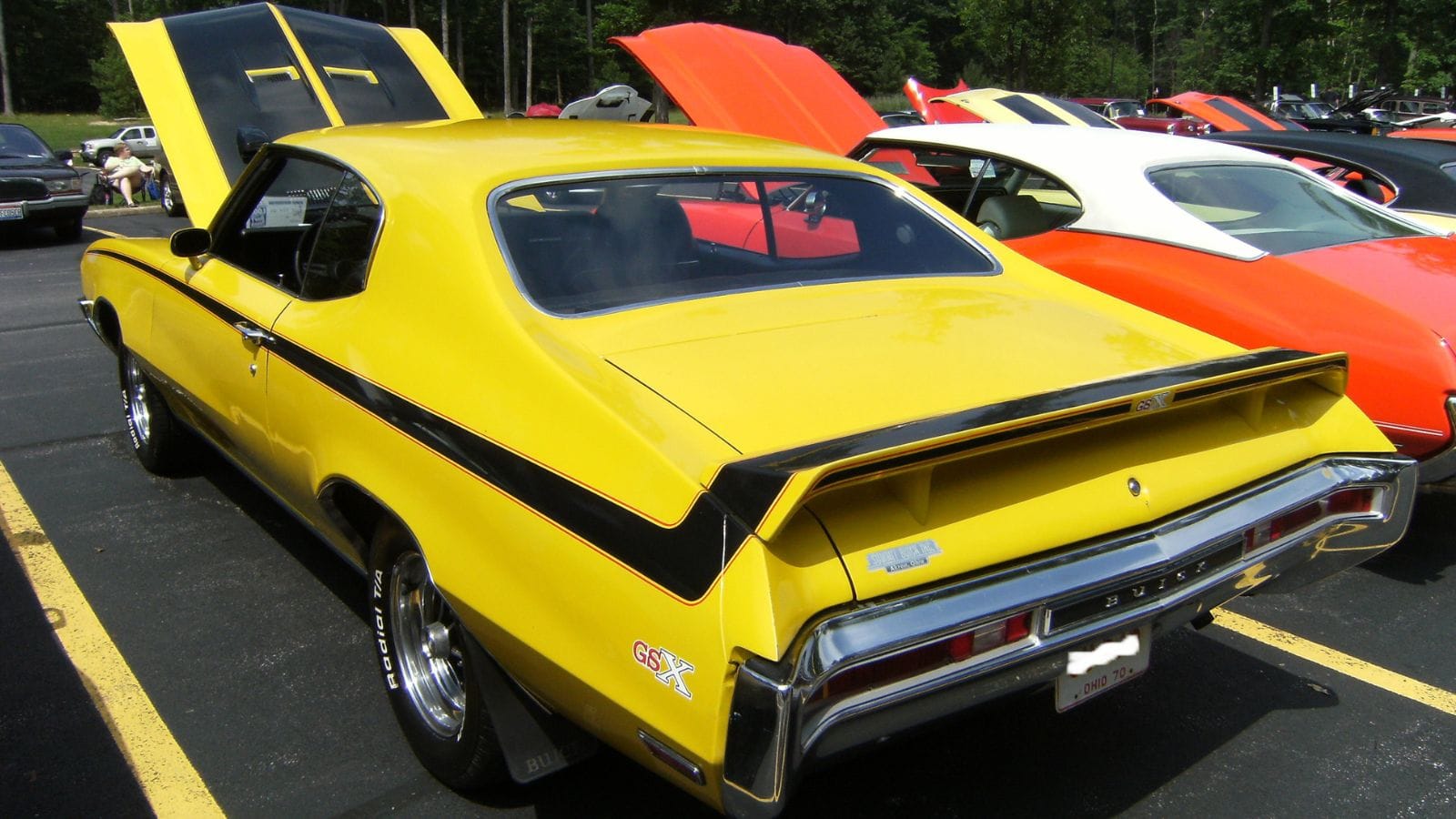
Buick may have been a gentleman’s brand, but the GSX Stage 1 was an animal. Its 455 cubic inch V8 produced monstrous torque, officially rated at 510 pound feet, making it the king of low end muscle. Plant your foot, and the car responded with tire smoke that could be seen for blocks. It was proof that even Buick had a wild side, and today it is remembered as one of the most underrated burnout kings of the muscle era.
Dodge Challenger R/T 440 Six Pack (1970)
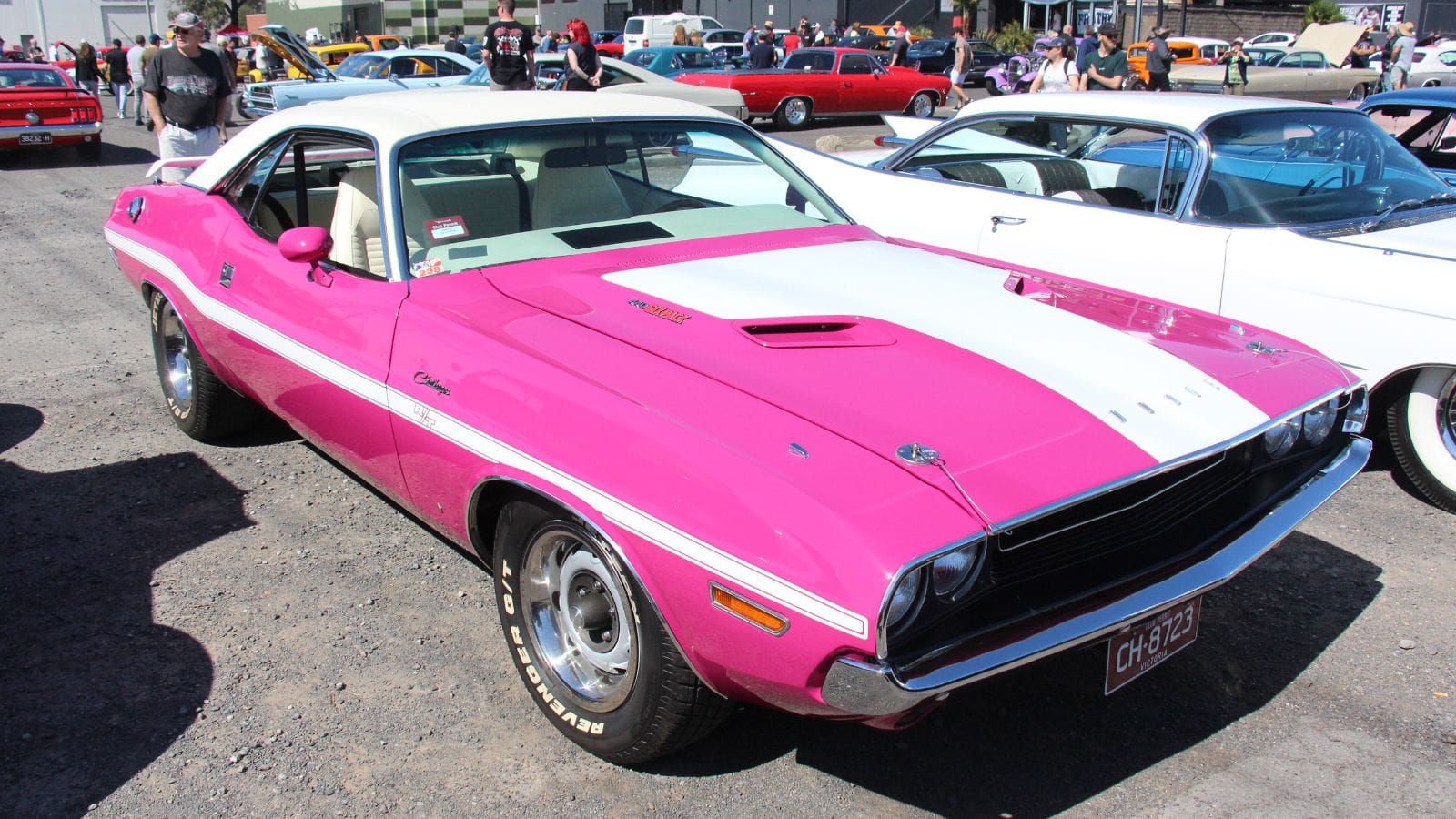
With three two barrel carburetors feeding its 440 cubic inch V8, the Challenger R/T Six Pack delivered 390 horsepower and a mountain of torque. It was an old school burnout machine, and few cars could leave longer stripes on the asphalt. The Six Pack setup became legendary among Mopar fans because it combined reliability with an endless supply of torque, making it both a street legend and a drag racing favorite.
Mercedes E63 AMG
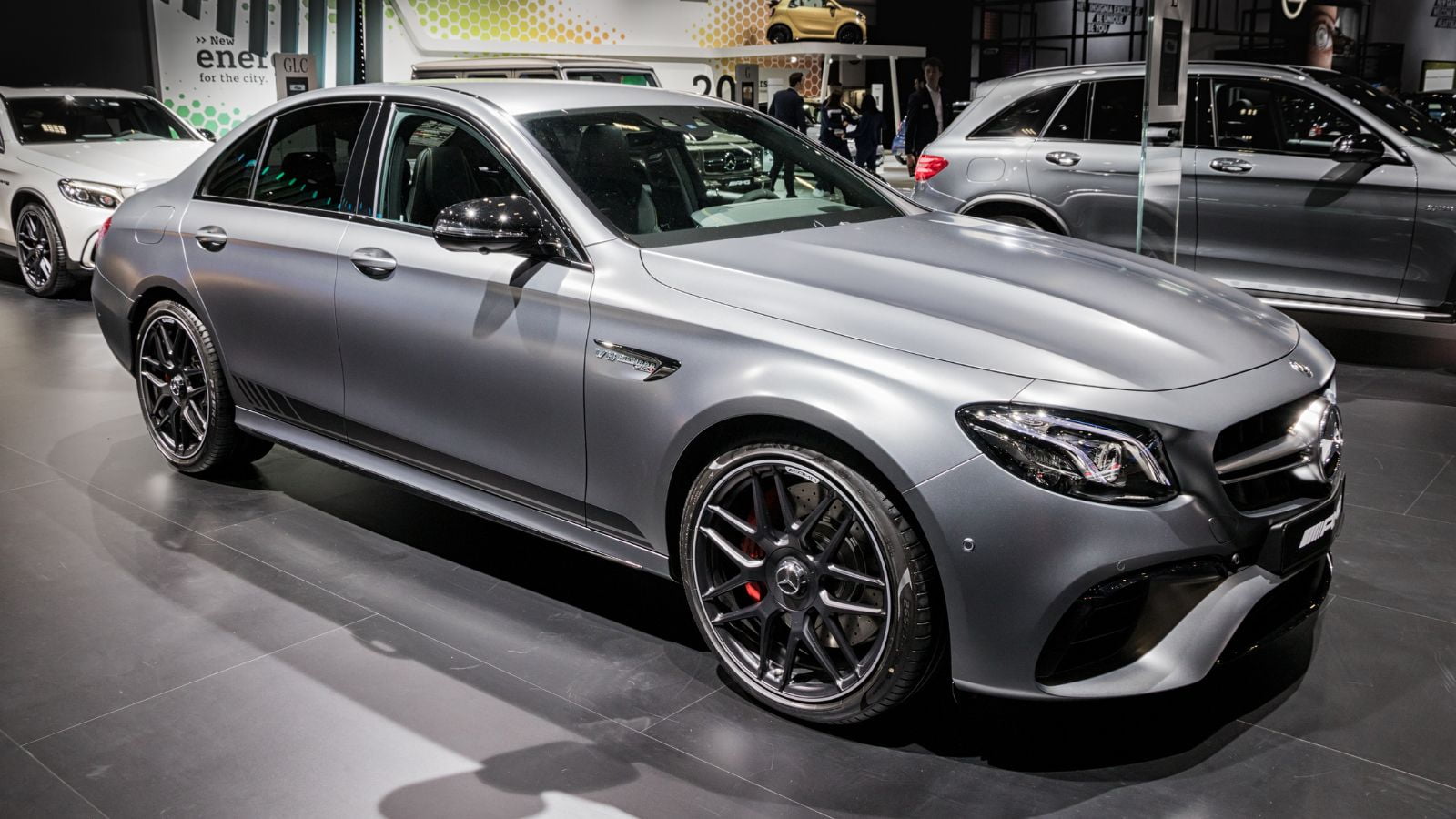
If any German car deserves the muscle car badge, it is the Mercedes E63 AMG. With a hand built twin turbocharged V8 producing over 600 horsepower, it is essentially a tire shredding muscle car wearing a tuxedo. North America embraced it because it delivered the same thrill as Detroit’s best, but with German engineering precision. It is one of the few sedans that could convincingly pull up to a Dodge Challenger and not look out of place in a burnout contest.
BMW M5
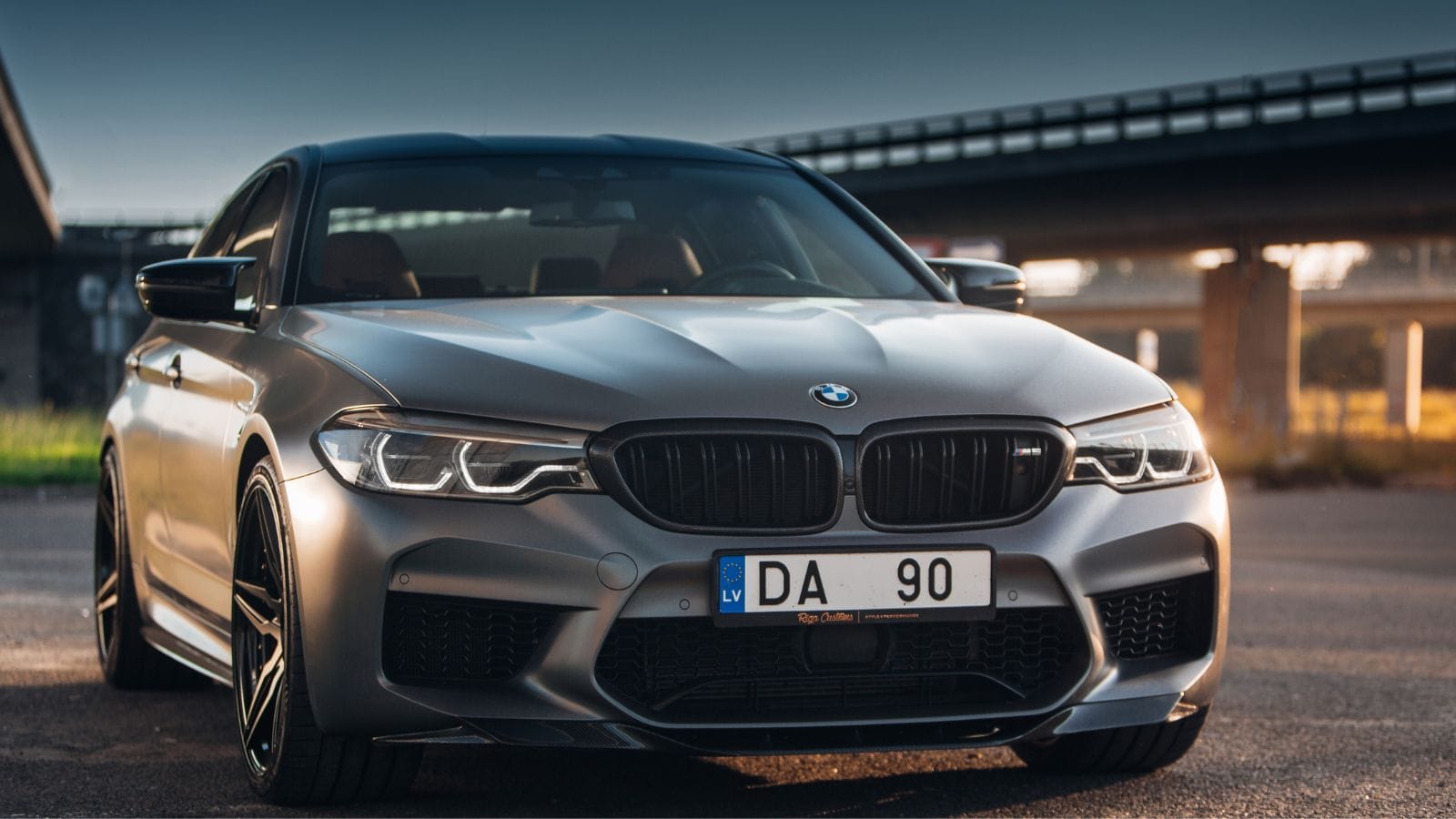
Another German import that fits the modern muscle definition is the BMW M5. Especially in its V10 and later twin turbo V8 guises, the M5 combined brutal acceleration with the ability to roast rear tires in spectacular fashion. It proved that Munich knew a thing or two about American style tire smoke. The E60 generation with its screaming V10 remains one of the most outrageous performance sedans ever built, and even today M5s continue to carry the muscle car torch with refinement and fury.
Audi RS6
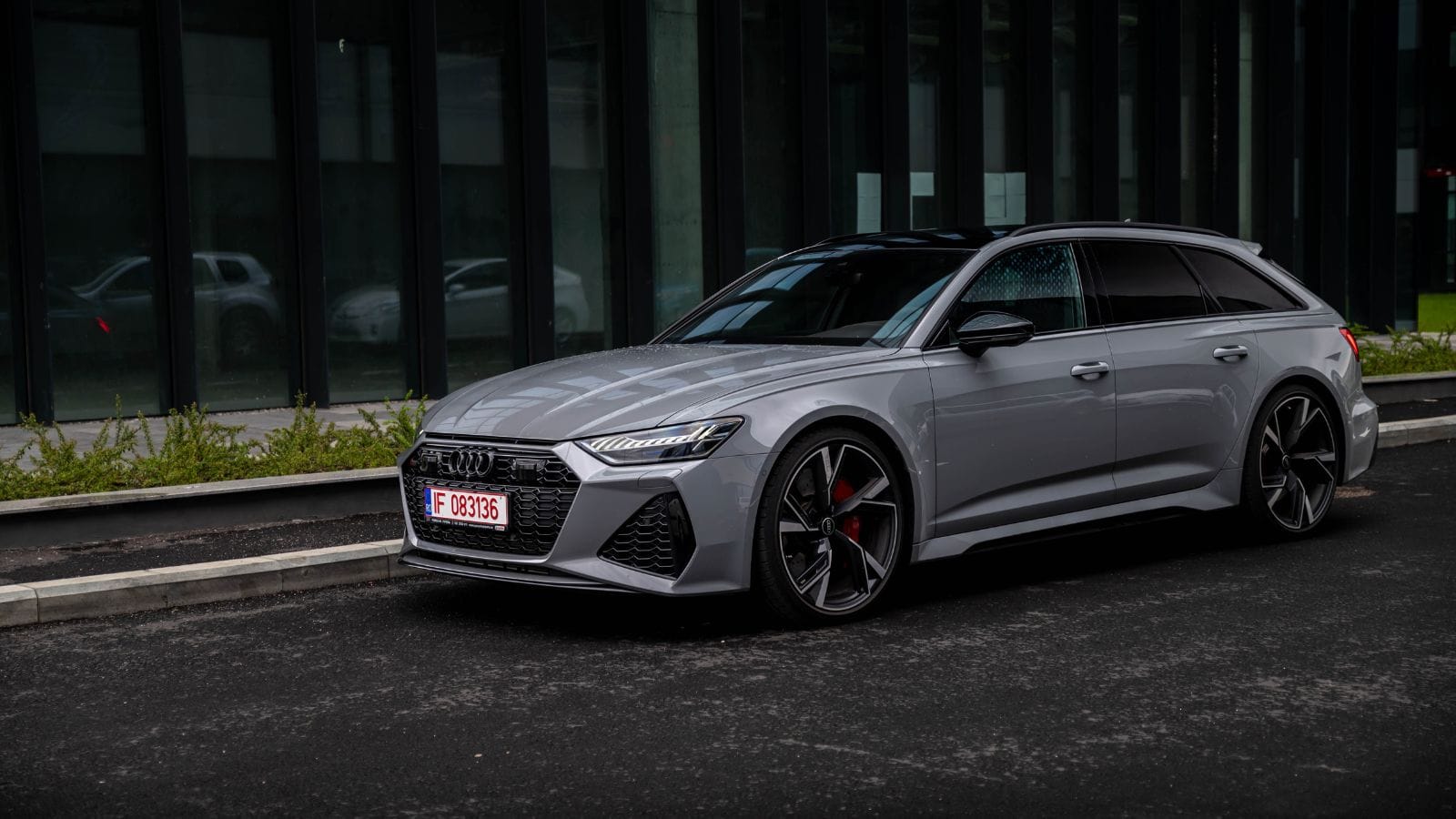
The Audi RS6 might be all wheel drive, but with launch control it can still light up four tires at once. Its twin turbocharged V8 makes it one of the most explosive sedans money can buy. While not a classic muscle car, its power, sound, and presence have earned it a spot in this conversation. The RS6 proves that Europeans can understand the muscle car recipe too, even if they add their own twist by driving all four wheels into the pavement.
Cadillac CTS-V
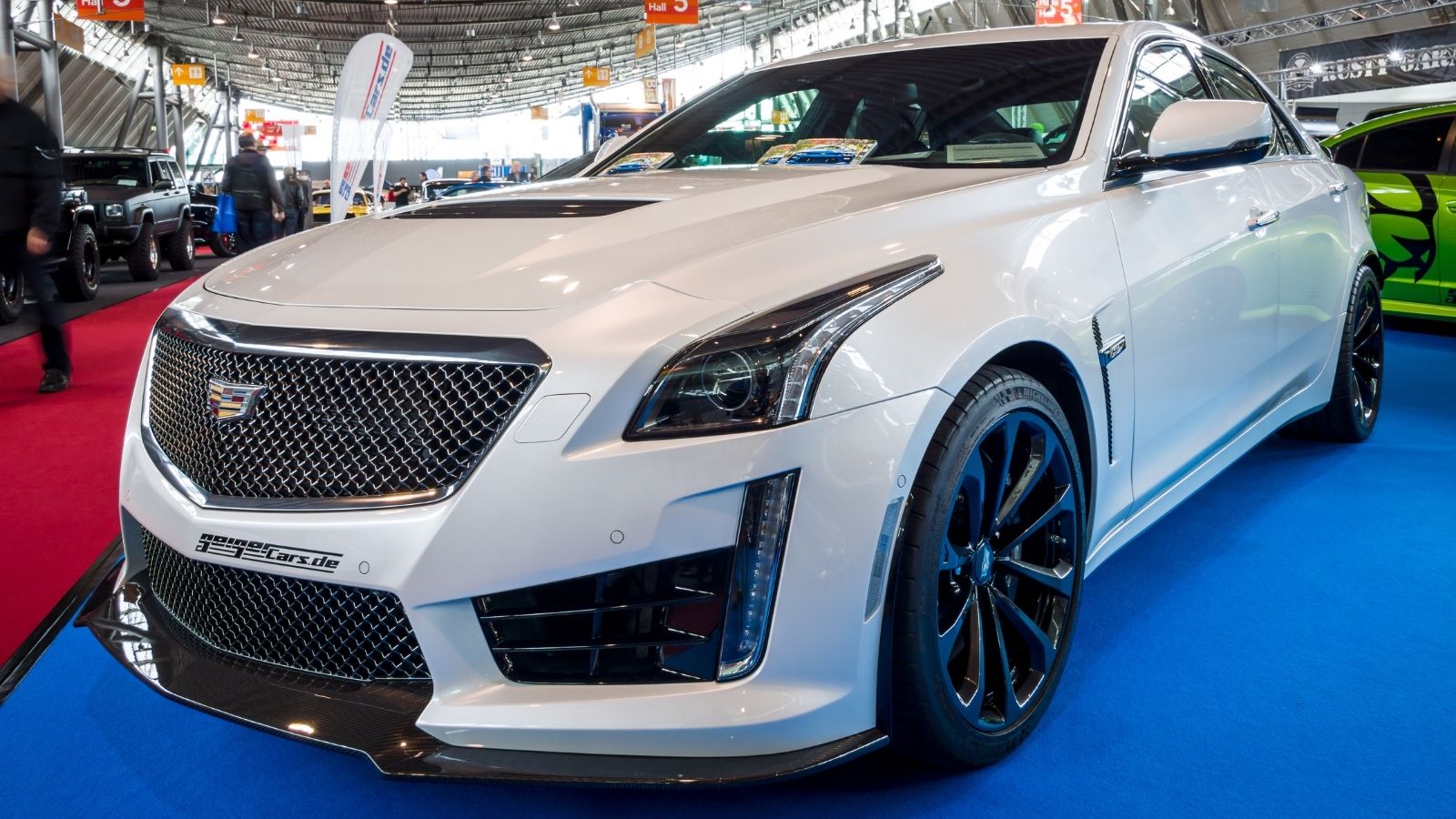
The Cadillac CTS-V was America’s luxury muscle car, built to scare BMW and Mercedes while burning rubber like a Camaro. Packing Corvette engines under its hood, including the supercharged LSA V8 with 556 horsepower, the CTS-V delivered Cadillac comfort with tire smoking fury. Few cars could match its mix of class and chaos, and it showed that Cadillac could still build a car that was as wild as anything else on the road.
25 Facts About Car Loans That Most Drivers Don’t Realize

Car loans are one of the most common ways people fund car purchases. Like any other kind of loan, car loans can have certain features that can be regarded as an advantage or a disadvantage to the borrower. Understanding all essential facts about car loans and how they work to ensure that you get the best deal for your financial situation is essential. Here are 25 shocking facts about car loans that most drivers don’t realize:
25 Facts About Car Loans That Most Drivers Don’t Realize
